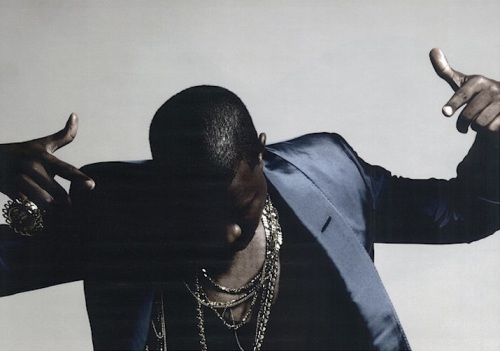Oh Brother, Where Art Thou?
“His word is in my heart like a fire, a fire shut up in my bones. I am weary of holding it in; indeed, I cannot.” Jeremiah 20:9
Last night I had an honest conversation with my friend Connor Descheemaker about my race. I’m a black male and I was frustrated about the lack of black faces you see in the Phoenix art scene – especially black male faces.
The logical question becomes, why not? Why are there not a lot of black voices in the intimate Phoenix art community which I love?
Why have they been marginalized, assuming that they have?
We hear about the struggles of Hispanics, but the struggles of blacks seem to be conveyed in the abstract as we don’t tell enough stories about the struggles of blacks seem to go unreported.
It seems like there is a sense of oppression Olympics going on (a term I first heard from Mary Stephens). Whereas blacks, Hispanics, women, Asians, ect are fighting to be the most oppressed and in doing so clash against each other instead of coming together.
Another fundamental reason that there may not be a lot of representation of blacks in the Phoenix art scene is because of the pervasive prejudice that exists between whites and blacks and blacks and Mexicans.
Howard Zinn mentions the notion of divide and conquer in his classic “A People’s History in the United States” where different races are pitted against each other by rich white interests in order to have them not come together and rebel against the system.
This pitting of races against each other is still broadcast in a society where there are mangled messages suggesting intra-racial violence when in fact most acts of violence happen inter-racially.
“The naked truth is that the vast majority of killings in America is committed by members of a victim’s own racial group. There is no “race war against white people;” black social ills continue to be tethered to white supremacist notions, policies, and practices, and Turley-Hansen’s thinking is clouded by stereotypes about black pathology that belies the dynamism of black life and black leadership” said Michael Whittaker. Neal Lester, Jeremy Brown-Gillett and Rashaad Thomas in an East Valley Tribune article recently.
That being said, there are certainly strands of racism and prejudice exhibited against blacks and prejudice perpetuated by blacks. The reason I exempt blacks from being able to be racist is because racism is about power and the ability to institutionalize regiments that oppress large groups of people.
Black people do not have power to create prison systems that inordinately lock up white people to an infinitely greater degree than whites.
We need to start with conversations which can fuel ideological shifts. A good place to go to engage in something like this is at Conversations on Race which will be taking place next month at the Phoenix Center for the Arts.
We need more black people represented in our midst and I’d hate to know that a potential Basquiat was in the shadows because our community didn’t have the capacity to facilitate his/her artistic expansion.
I’ll end with a quote from Cornel West, a great thinker on race dynamics.
““To accept your country without betraying it, you must love it for that which shows what it might become. America — this monument to the genius of ordinary men and women, this place where hope becomes capacity, this long, halting turn of ‘no’ into the ‘yes’ — needs citizens who love it enough to re-imagine and re-make it.”
Love wins,
DG

